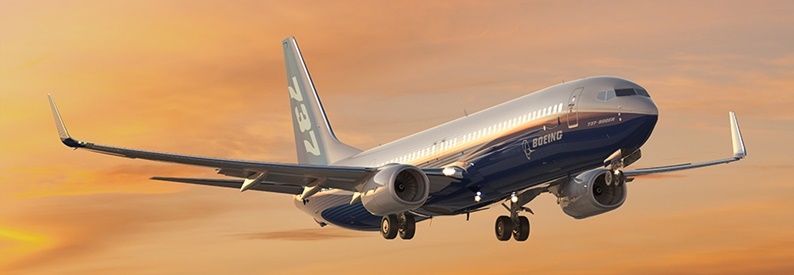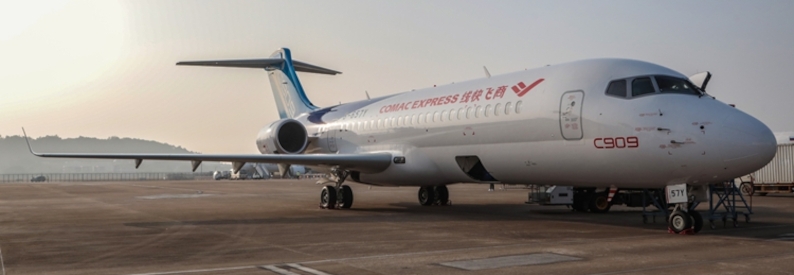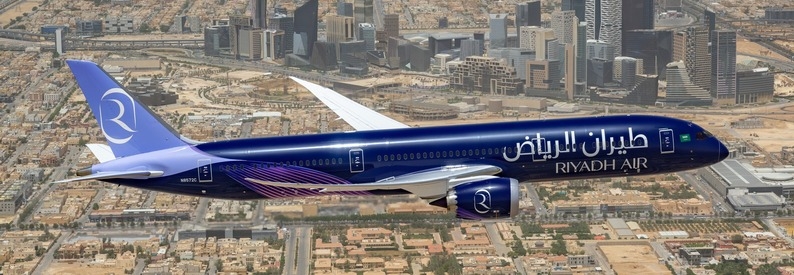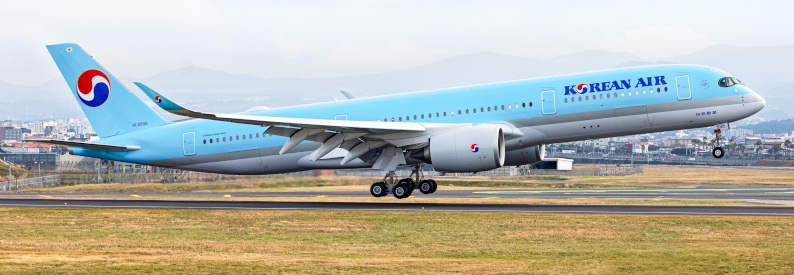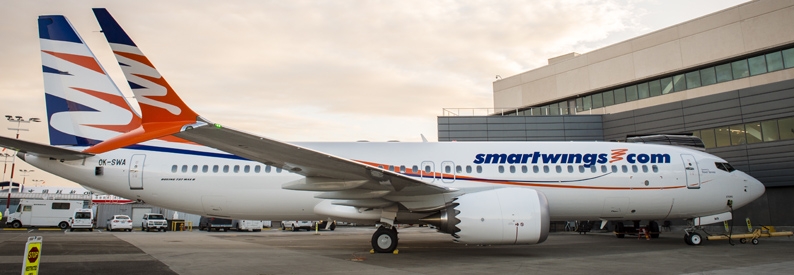The Civil Aviation Administration of China (CAAC) has temporarily halted the restart of B737 MAX jet deliveries to domestic airlines after Boeing (BOE, Washington National) last month discovered an aircraft with a possible loose bolt in its rudder control system.
First reported by Bloomberg, CAAC decided to stop all new MAX deliveries even before the recent Alaska Airlines (AS, Seattle Tacoma International) incident and the January 6, 2024, grounding of the B737-9 model by the Federal Aviation Administration (FAA).
Following the Alaska Airlines incident, the CAAC is asking local carriers to conduct safety checks on all their B737 MAX planes during their pre Chinese Lunar New Year holiday (February 10, 2024) maintenance checks.
The ch-aviation fleets module shows 206 MAX are waiting to be delivered to Chinese carriers as of January 2024. None of these are for the B737-9 variant. However, most Chinese orders for the family are not publicly disclosed. Those that are disclosed are composed like this at the moment:
- 9 Air has four B737-8s on order;
- Air China has twenty-two B737-8s on order;
- China Eastern Airlines has five B737-8s on order;
- China Southern Airlines has forty-four B737-8s on order;
- Donghai Airlines has ten B737-10s, and seven B737-8s on order;
- Fuzhou Airlines has two B737-8s on order;
- Hainan Airlines has three B737-8s on order;
- Kunming Airlines has three B737-8s on order;
- Lucky Air (China) has one B737-8 on order;
- Okay Airways has four B737-8s and three B737-10s on order;
- Ruili Airlines has two B737-7s and thirty-four B737-8s;
- Shandong Airlines has thirteen 737-8s on order;
- Shanghai Airlines has eight B737-8s on order;
- Shenzhen Airlines has sixteen 737-8s on order;
- Xiamen Airlines has twenty-five B737-8s on order.
Globally, the B737-9 has been grounded since early January, after an Alaska Airlines aircraft saw its left-hand rear mid-cabin plugged exit door separate mid-flight. A total of 171 have been grounded globally. On January 12, the FAA announced it will audit the type's production line as well as its suppliers to evaluate Boeing’s compliance with its approved quality procedures; increase monitoring of in-service events; and assess the safety risks around delegated authority and quality oversight.


